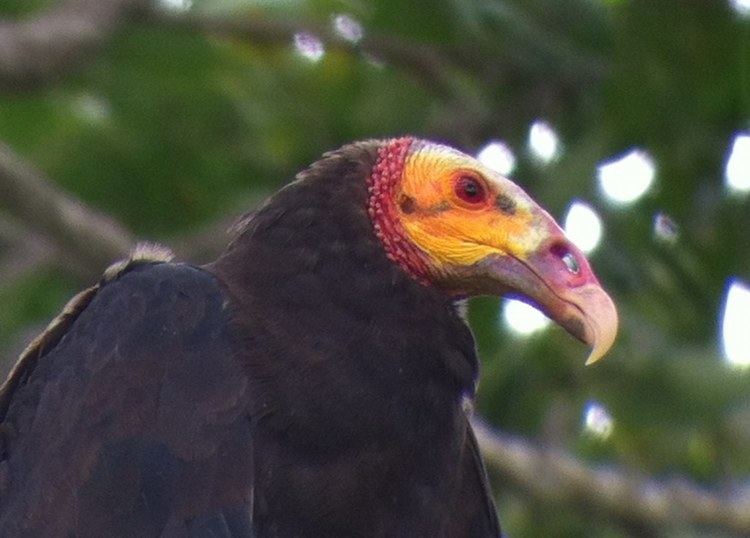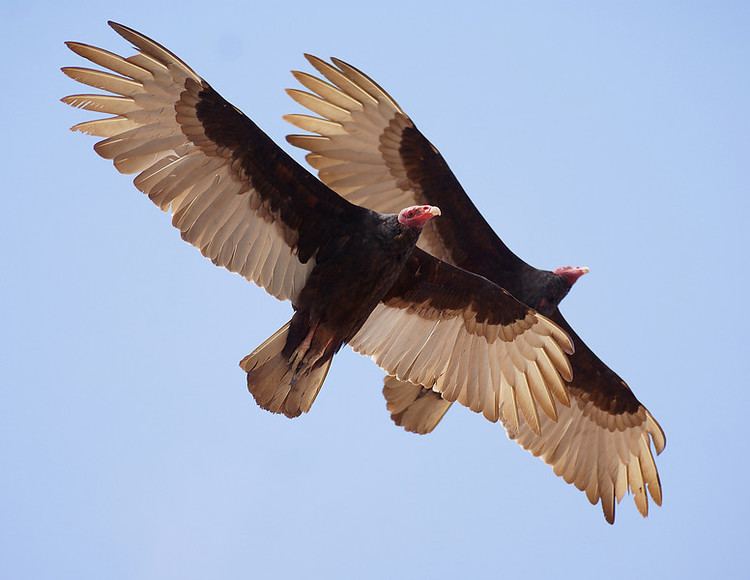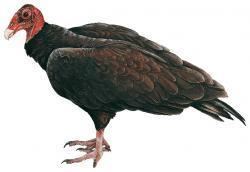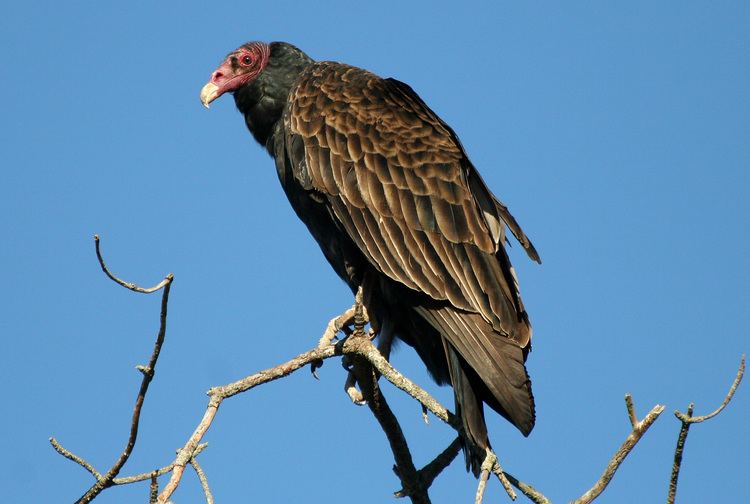Scientific name Cathartes Rank Genus | Phylum Chordata Family Cathartidae Higher classification Stork | |
 | ||
Lower classifications Turkey vulture, Lesser yellow‑headed vulture, Greater yellow‑headed vulture | ||
The genus Cathartes includes medium-sized to large carrion-feeding birds in the New World vulture (Cathartidae) family. The three species currently classified in this genus occur widely in the Americas.
Contents
- Cathartes burrovianus
- Systematics
- Species
- Description
- Distribution and habitat
- Ecology and behaviour
- References
Cathartes is the Greek word καθαρτής, for "purifier," referring to these vultures' role as "cleansers" that "tidy up" decomposing corpses in nature.

Cathartes burrovianus
Systematics

Cathartes is one of the five genera of New World vultures. The taxonomic placement of these vultures remains unclear. It is the only genus in its family that is not monotypic. The New World and Old World vultures are similar in appearance and have similar ecological roles, but evolved from different ancestors in widely separated parts of the world. The relationships between the two vulture groups is a matter of debate, with some earlier authorities suggesting that the New World vultures are more closely related to storks.

In 2007 the American Ornithologists' Union's North American checklist moved Cathartidae back into the lead position in Falconiformes, but with an asterisk that indicates it is a taxon "that is probably misplaced in the current phylogenetic listing but for which data indicating proper placement are not yet available". The AOU's draft South American checklist places the Cathartidae in their own order, Cathartiformes. However, recent DNA study on the evolutionary relationships between bird groups also suggests that they are related to the other birds of prey and should be part of a new order Accipitriformes instead, a position adopted in 2010 by the AOU's North American check-list, and shared with the International Ornithological Congress.
Species
The genus Cathartes has three recognized species:

The first member of this genus to be formally described, the turkey vulture, was named by Linnaeus as Vultur aura in his Systema Naturae in 1758, but was eventually moved to the current genus which had been created by German zoologist Johann Illiger in 1811. The yellow-headed birds first described in 1845 by John Cassin were not split into two species until 1964.
Description

All Cathartes species have featherless heads with brightly colored skin, yellow to orange in the yellow-headed vultures, bright red in the turkey vulture. All three species share a well-developed sense of smell, which is rare in birds, that enables them to locate carrion under the canopy.
Distribution and habitat
Forests of the Americas, especially Mexico, Central America, and South America.
Ecology and behaviour
While all species obtain most of their diet by scavenging, the lesser yellow-headed vulture is known to hunt live prey in wetland environments.
